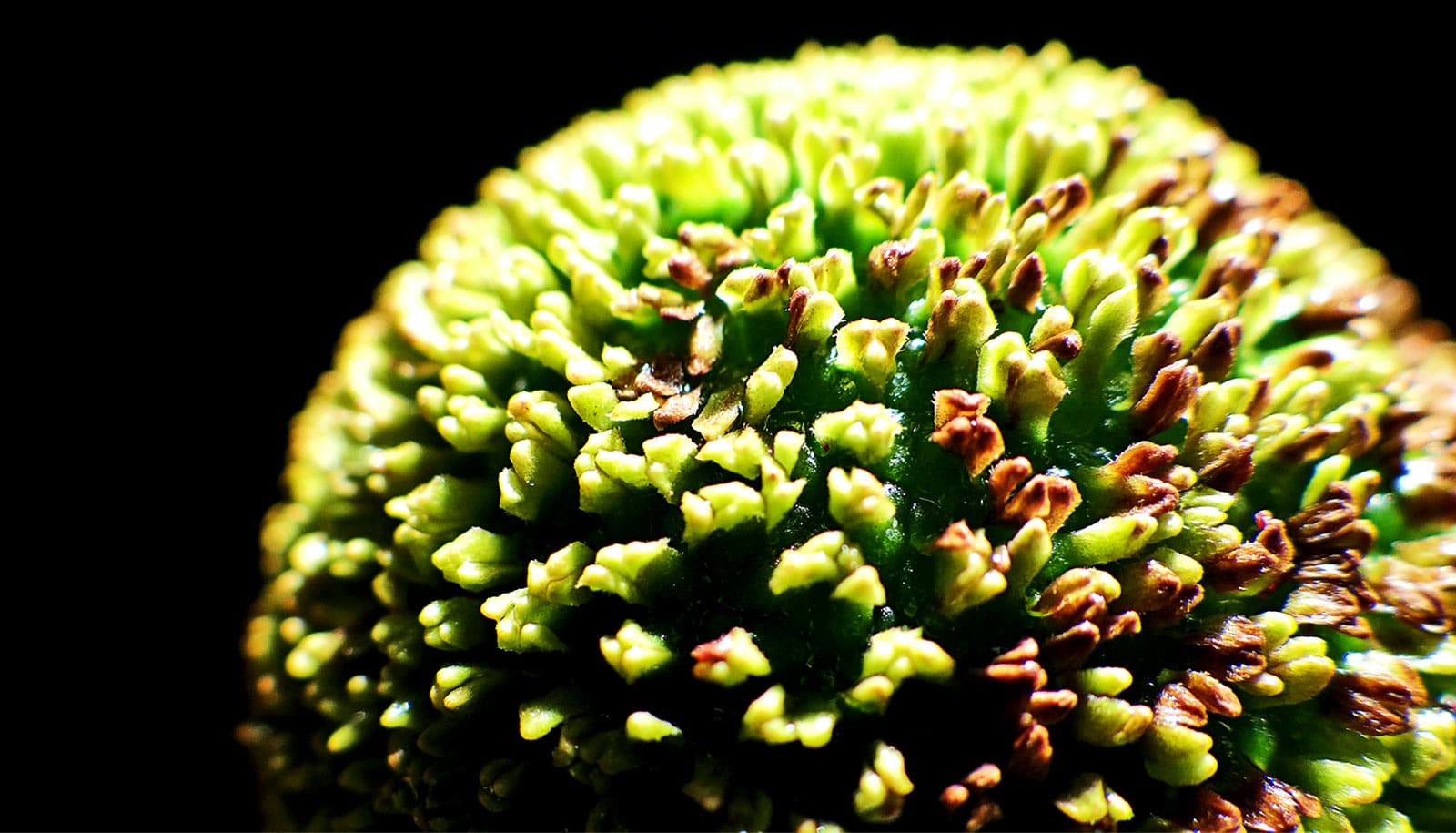New research shows how plants have adapted to deal with losing daylight.
In a paper recently published in the journal Plant Physiology, Tom Sharkey, Yair Shachar-Hill, and their team demonstrated that plants have multiple fine-tuned systems to deal with varying day lengths, which, in turn, could help to develop new crop varieties that can grow in a wider range of climates.
“I’m fascinated with the question ‘Does photosynthesis limit plant growth or does plant growth limit photosynthesis?'” says Sharkey, a professor in the department of biochemistry and molecular biology, or BMB, and a faculty member with the MSU-Department of Energy Plant Research Laboratory, or MSU-DOE PRL.
“And from that base question,” Sharkey continues, “we wanted to know how growth would be affected if we further reduced the amount of light plants accustomed to shorter days had.”
To understand how plants adapt to different day lengths, a team of researchers led by Sharkey and Shachar-Hill, a professor in the department of plant biology, studied a plant called Camelina sativa, a model oilseed crop, using the Mass Spectrometry and Metabolomics Core on campus.
Their conclusion: plants have adapted to change the way they use their energy depending on the amount of daylight they receive.
The team found that when days are shorter, plants have less time to photosynthesize, so they need to be more efficient with the sunlight they do receive. Plants do this by increasing their photosynthetic rate and reducing their respiration rate. They also invest more energy in their shoots, where photosynthesis takes place.
As an additional mechanism, plants store more sugar as starch during the day so that they have energy to use during the longer night. They also slow down the exchange of metabolites between their vacuoles and other cellular compartments, which helps them to maintain their carbon balance during the night.
The results from this study continue the college’s efforts of finding solutions to the challenges facing our global food system. In furthering our understanding of plant biology, the results could help lead to new crop varieties that are more productive and resilient to changes in weather or shifting growing zones.
“Our findings may point the way to improved plant growth,” Sharkey says. “If we can identify the tricks the short-day plants use to almost keep up with the long-day plants, we might be able to make long-day plants even better.”
Funding for this research came from the Chemical Sciences, Geoscience and Biosciences Division, Office of Basic Energy Sciences in the Office of Science of the US Department of Energy and MSU AgBioResearch.
Source: Samantha Brichta for Michigan State University



